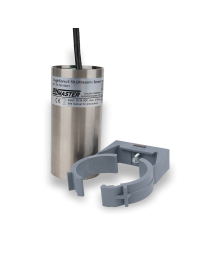As climate change continues to disrupt global weather patterns, the frequency and severity of flood events have increased dramatically. Floods not only threaten lives and property, but also impact infrastructure, agriculture, and economic activity on a large scale.
To mitigate these risks, modern technologies are being leveraged to create responsive and scalable flood detection systems. At the core of these systems are ultrasonic sensors, which, when integrated with intelligent monitoring software, provide real-time, reliable water level data across diverse environments.
This whitepaper explores how ultrasonic sensors and IoT software work together to detect flooding in rivers, lakes, roadways, and coastal areas, and offers insight into system benefits, integration strategies, and implementation best practices.
Learn more about these topics in BinMaster's whitepaper:
- Challenges faced with traditional flood monitoring tactics
- Overview of ultrasonic sensing technology, and how it ties into proactive responses
- How the integration of remote monitoring software benefits detection systems
- Ultrasonic sensor use cases across waterway types
- Benefits of an ultrasonic- and IoT-driven system
- The role that data visualization and alerting systems play in flood mitigation
- Six considerations when implementing ultrasonics and IoT software for flood detection programs
- A glimpse into the future outlook of flood monitoring technology and processes
- How BinMaster helps manufacturers, infrastructure, and local officials implement smart monitoring systems
As R&D professionals research the true impact of real-time level sensors and user-friendly remote software on early detection programs, BinMaster's team is on standby to offer recommendations for reliable, highly configurable products.







